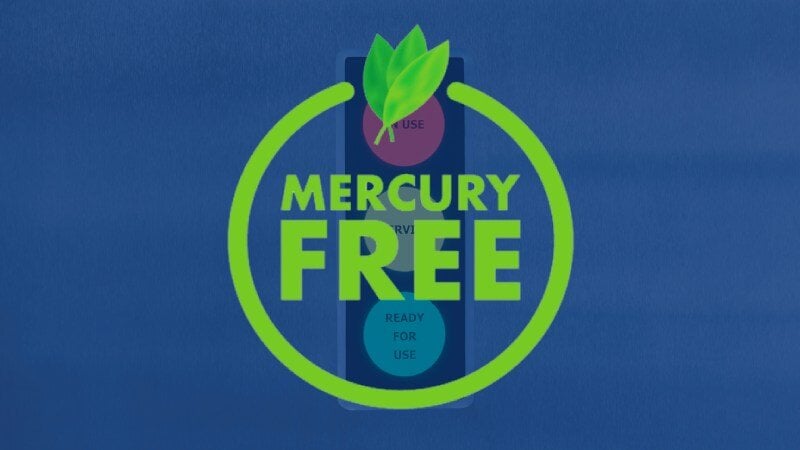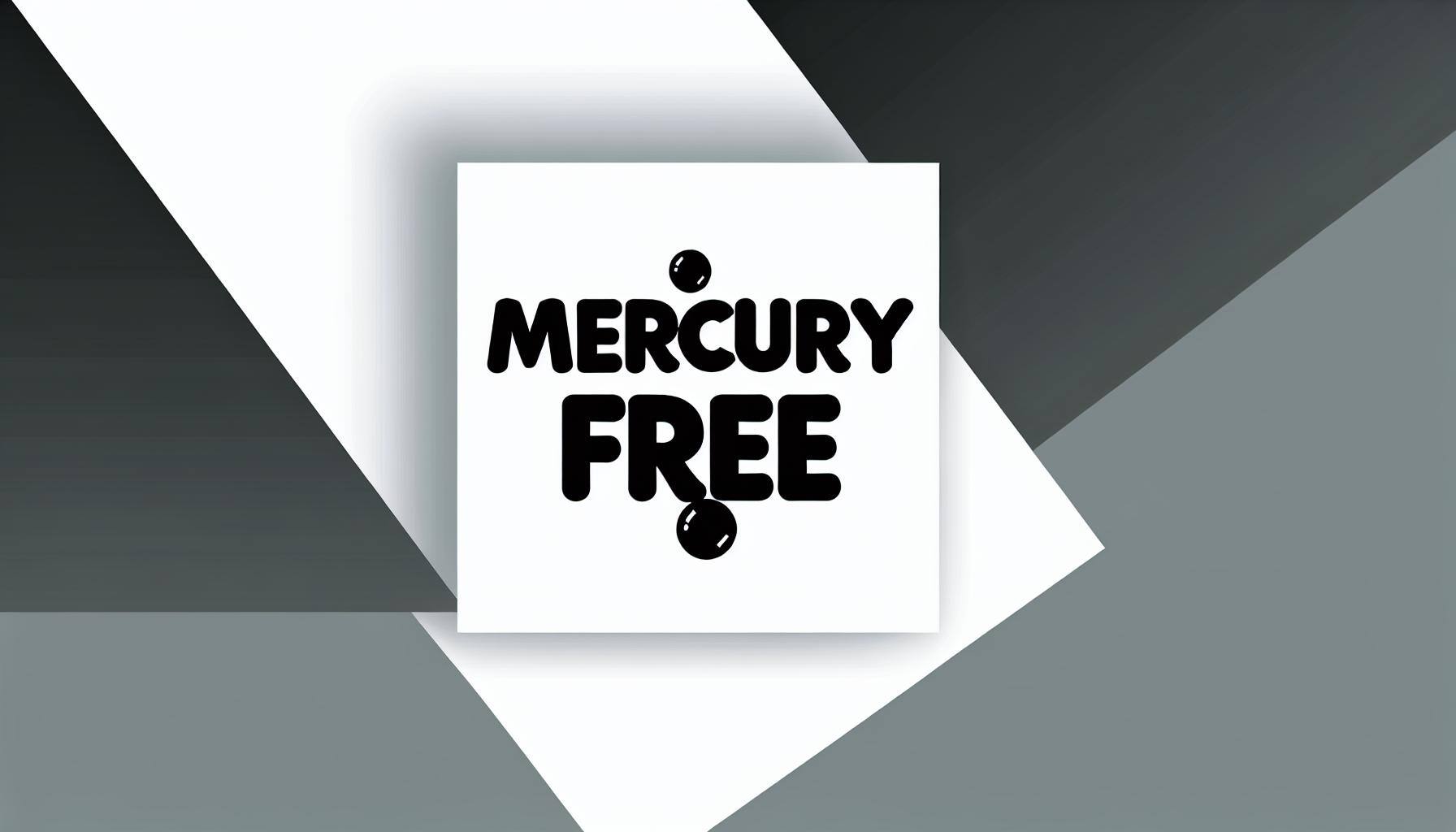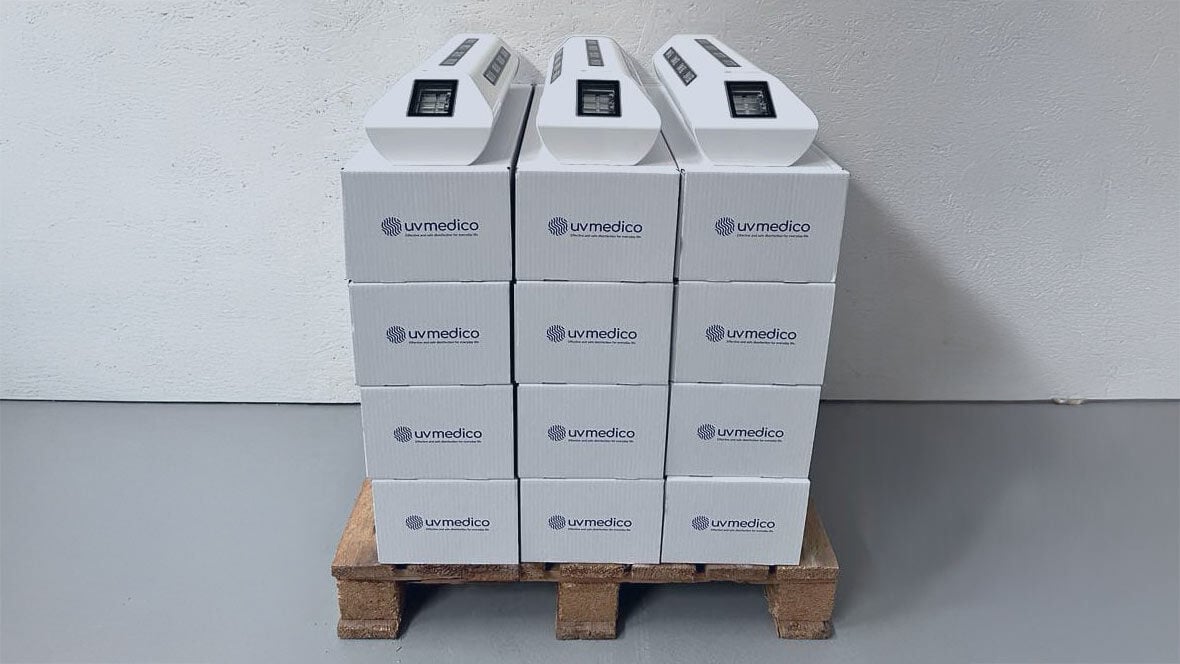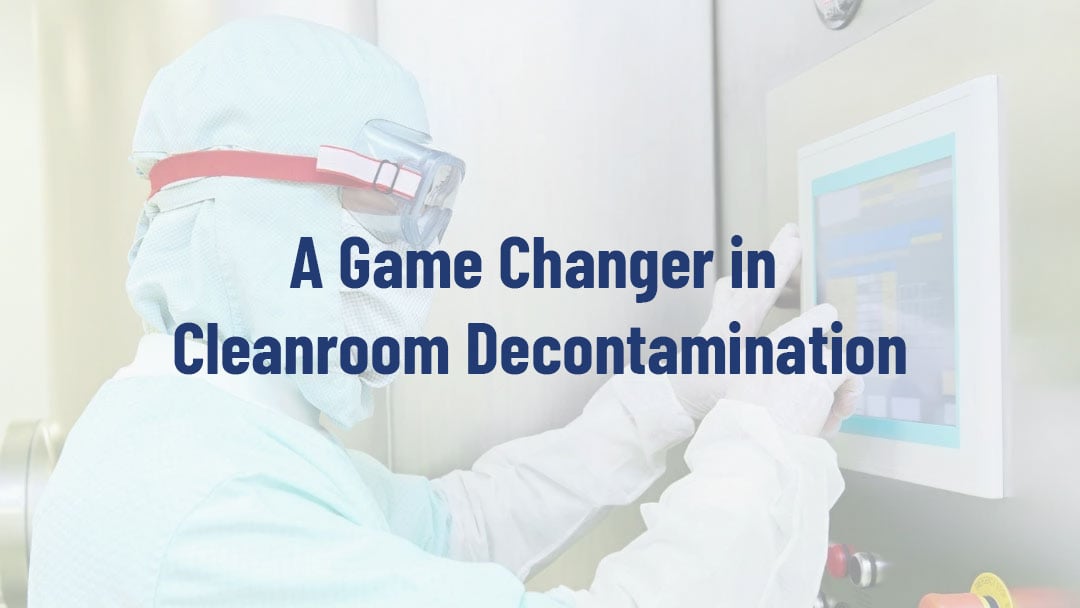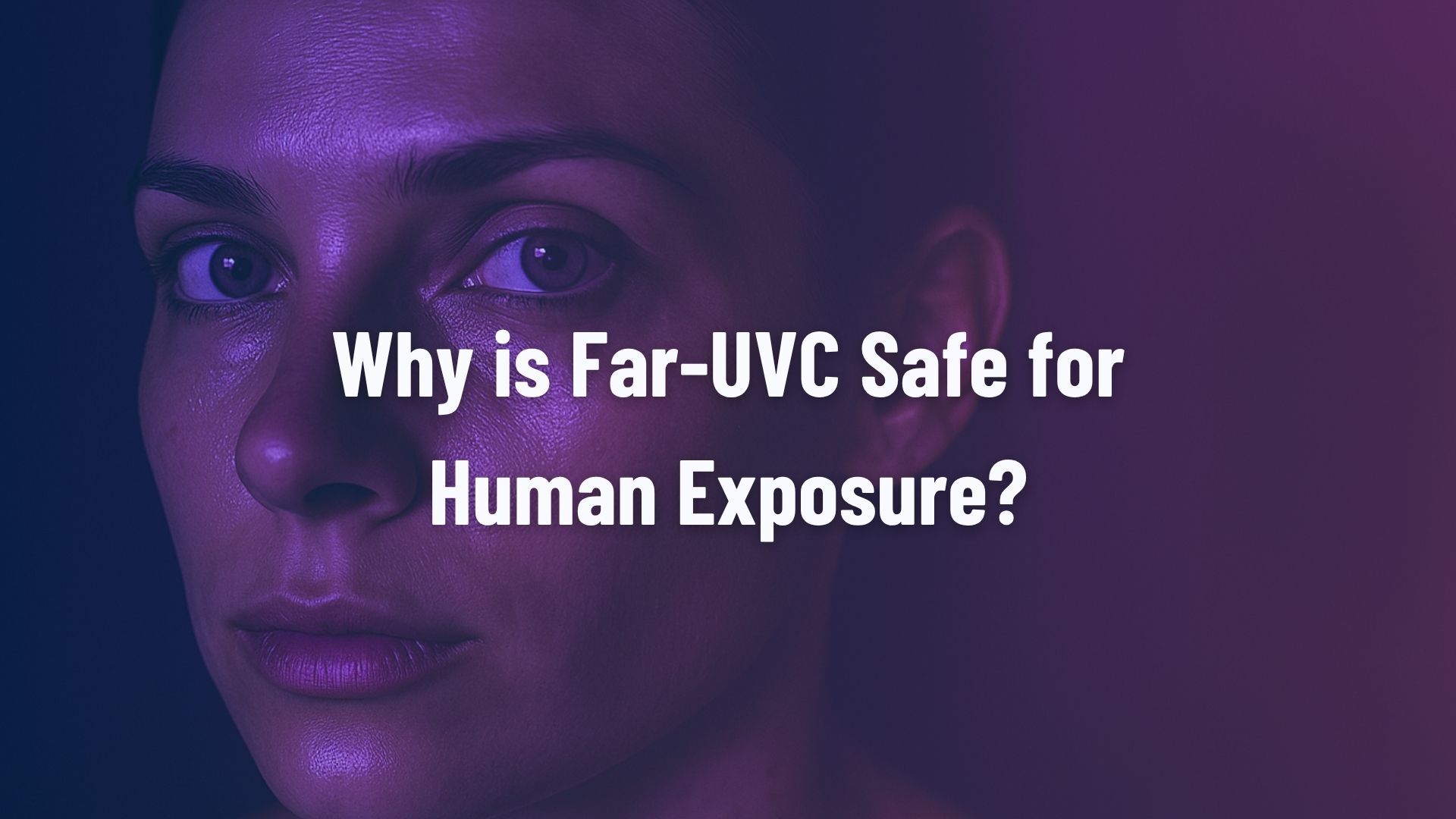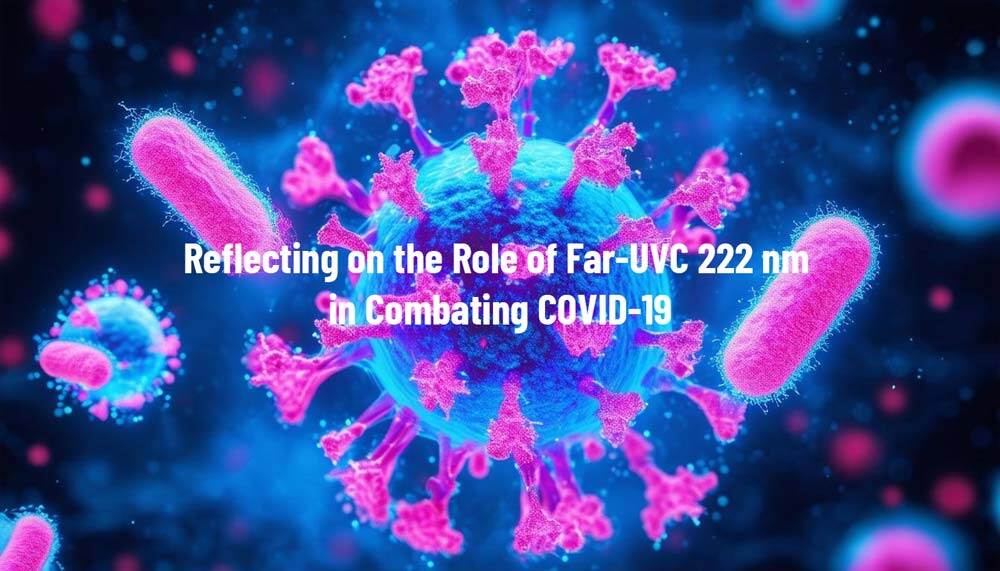3 min read
Demystifying Krypton Chloride (KrCl) Excimer Lamps
 Jordi Amagat Molas
:
19 Jul, 2024
Jordi Amagat Molas
:
19 Jul, 2024
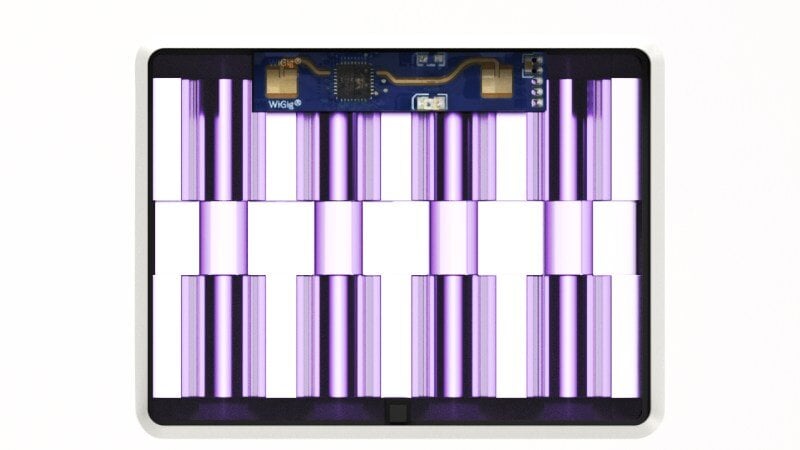
Krypton Chloride (KrCl) excimer lamps stand out as an example of modern engineering meeting practical application. Designed to emit a specific wavelength of ultraviolet light, these devices are the result of scientific development within physics, chemistry, and engineering, propelling us forward in our quest for cleaner, safer environments across many applications. Here, we aim to unfold the complexity of KrCl excimer lamps, elucidating their principles, benefits, and roles in today’s technological landscape in a manner that is accessible, yet rich in scientific insight.
The Foundation of KrCl Excimer Lamps
At their core, KrCl excimer lamps produce light through the excitation of molecules. "Excimer" stands for "excited dimer," denoting a short-lived molecule formed from two, in this case, a krypton (Kr) and a chlorine (Cl) atom, which exists only in an excited energy state. When these atoms return to their ground state, they release ultraviolet (UV) energy at a wavelength centered at 222 nanometers (nm).
Why the Precision Wavelength Matters
The wavelength emitted by KrCl excimer lamps, at 222 nm, lies within the ultraviolet C (UVC) range, more specifically, inside the Far-UVC, known for its germicidal properties. This wavelength has been scientifically proven to disrupt the DNA and proteins of pathogens, rendering them unable to replicate, infect and consequently, cause disease. Significantly, the 222 nm light achieves this effect without penetrating the outermost layer of human skin or the tear layer of eyes, further emphasizing its safety profile in various applications.
A Leap in Disinfection Technology
Harnessing the power of 222 nm light, KrCl excimer lamps present an innovative approach to decontamination. Unlike traditional chemical methods, which can leave harmful residues, or other forms of UV light (254 nm) that may pose health risks, KrCl lamps offer a swift, effective, and environmentally friendly alternative. Their application spans from public spaces, healthcare and pharmaceutical settings, water purification systems, and beyond, highlighting their versatility and importance in our daily lives.
The Edge of Innovation without the Mercury
A remarkable attribute of KrCl excimer lamps is their mercury-free operation. Traditional UV lamps often rely on mercury vapor, a toxic substance with significant environmental and health implications. By eliminating mercury from the equation, KrCl lamps not only underscore a commitment to safety but also align with global efforts toward sustainability and environmental responsibility.
Understanding the Broad Spectrum of
KrCl Excimer Lamps Uses
Beyond their primary role in disinfection, these lamps contribute significantly to various sectors. In the pharmaceutical industry, KrCl lamps ensure the continuous reduction of bioburden, safeguarding the sterility of products and cleanrooms. Meanwhile, in public health, they are integral to creating safer public transit, schools, ambulances and other communal areas. In other segments, such as agriculture, they can help in safeguarding our food supply by decontaminating equipment and surfaces.
Embracing Safety in Innovation
While the technology behind KrCl excimer lamps might seem daunting, their safety and efficiency are clear. Protective measures and design considerations ensure these devices can be employed safely, without exposing users or the environment to undue risk. Innovations continue to refine their efficacy, ensuring that KrCl excimer lamps remain at the forefront of safe, effective disinfection solutions.
Krypton Chloride excimer lamps exemplify the remarkable outcomes achievable when science and innovation converge. By translating complex chemical and physical phenomena into practical applications, these lamps provide safer, cleaner, and more sustainable solutions to a variety of challenges.
FAQ's on Krypton Chloride (KrCl) Excimer Lamps
-
What are Krypton Chloride (KrCl) Excimer Lamps?
KrCl excimer lamps are advanced devices that produce ultraviolet light at 222 nanometers through the excitation of krypton and chlorine atoms. This specific type of UV light is effective in deactivating pathogens without harming human skin or eyes.
-
How do KrCl excimer lamps work?
These lamps operate by forming an "excited dimer" (excimer) of krypton and chlorine atoms which, when returning to their ground state, emit UV light at the germicidal wavelength of 222 nm.
-
What are the advantages of using KrCl excimer lamps over traditional disinfection methods?
KrCl excimer lamps offer a non-toxic alternative to chemical disinfectants and a safer option compared to conventional UVC lamps that emit at 254 nm, which can penetrate deeper into living tissues and are hazardous to human health.
-
Where can KrCl excimer lamps be used?They are versatile and can be used in various settings including healthcare, pharmaceuticals, public transport, schools, and food processing to reduce the risk of infection and maintain sterile conditions.
-
What makes KrCl excimer lamps environmentally friendly?Unlike traditional UV lamps that contain mercury, KrCl excimer lamps operate without mercury, aligning with global sustainability efforts by reducing environmental and health risks associated with mercury disposal.
 UV222™
UV222™ UV222 Linear
UV222 Linear UV222 Downlight
UV222 Downlight Vertex 222
Vertex 222.png) UV222 Pendant
UV222 Pendant.png) UV222 Booth
UV222 Booth.png) UV222 Step-On
UV222 Step-On.png) UV222 Cleanroom Downlight
UV222 Cleanroom Downlight UV222 Dual Downlight 60x60
UV222 Dual Downlight 60x60 UV222 Material Airlock
UV222 Material Airlock UV222 Ambulance
UV222 Ambulance UV222 Compact
UV222 Compact UV222 Industrial
UV222 Industrial